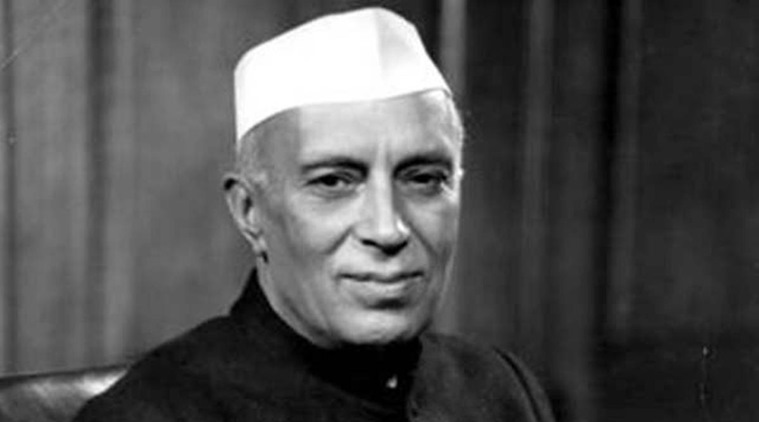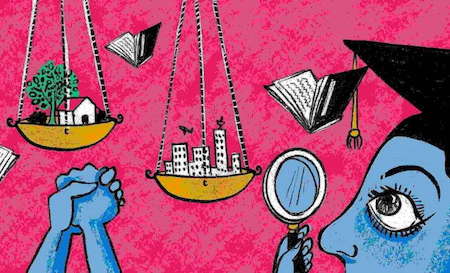Nehru was fascinated by the spontaneity of tribal culture and their capacity of joy and heroism in spite of their appalling poverty, destitution, and ignorance. […] In Nehru’s view, the process of modernization must not be taken as forcing a sudden break with the tribals past but help them build upon it and grow by a natural process of evolution.
Dr. Chittaranjan Mishra in “Tribal Philosophy and Pandit Nehru” (Odisha Review, November 2017) | Learn more >>

Photo © Indian Express
“If women are empowered, there is more development in society” – Droupadi Murmu
Find this and other speeches by the 15th President of India >>

See also
Central region – Central Zonal Council
eBooks, eJournals & reports | eLearning
Languages and linguistic heritage
List of scheduled tribes by the Commissioner of Tribal Development – Madhya Pradesh
Tips for using interactive maps
Toggle to normal view (from reader view) should the interactive map not be displayed by your tablet, smartphone or pc browser
For details and hyperlinks click on the rectangular button (left on the map’s header)
Scroll and click on one of the markers for information of special interest
Explore India’s tribal cultural heritage with the help of another interactive map >>